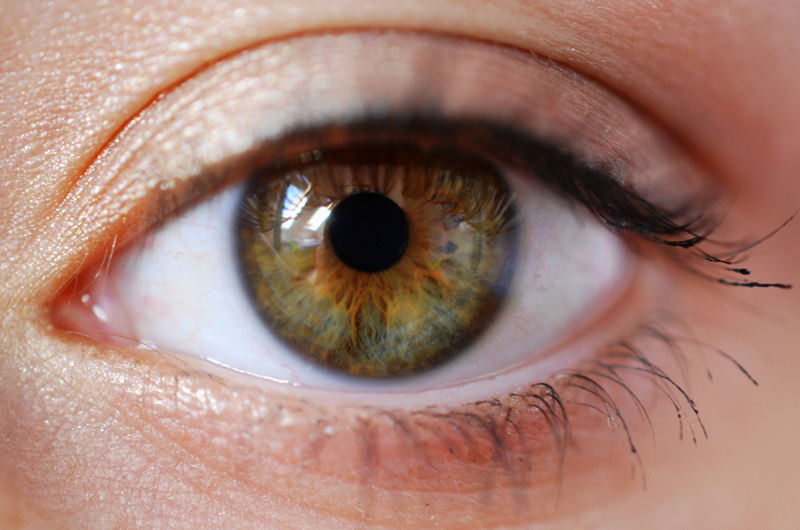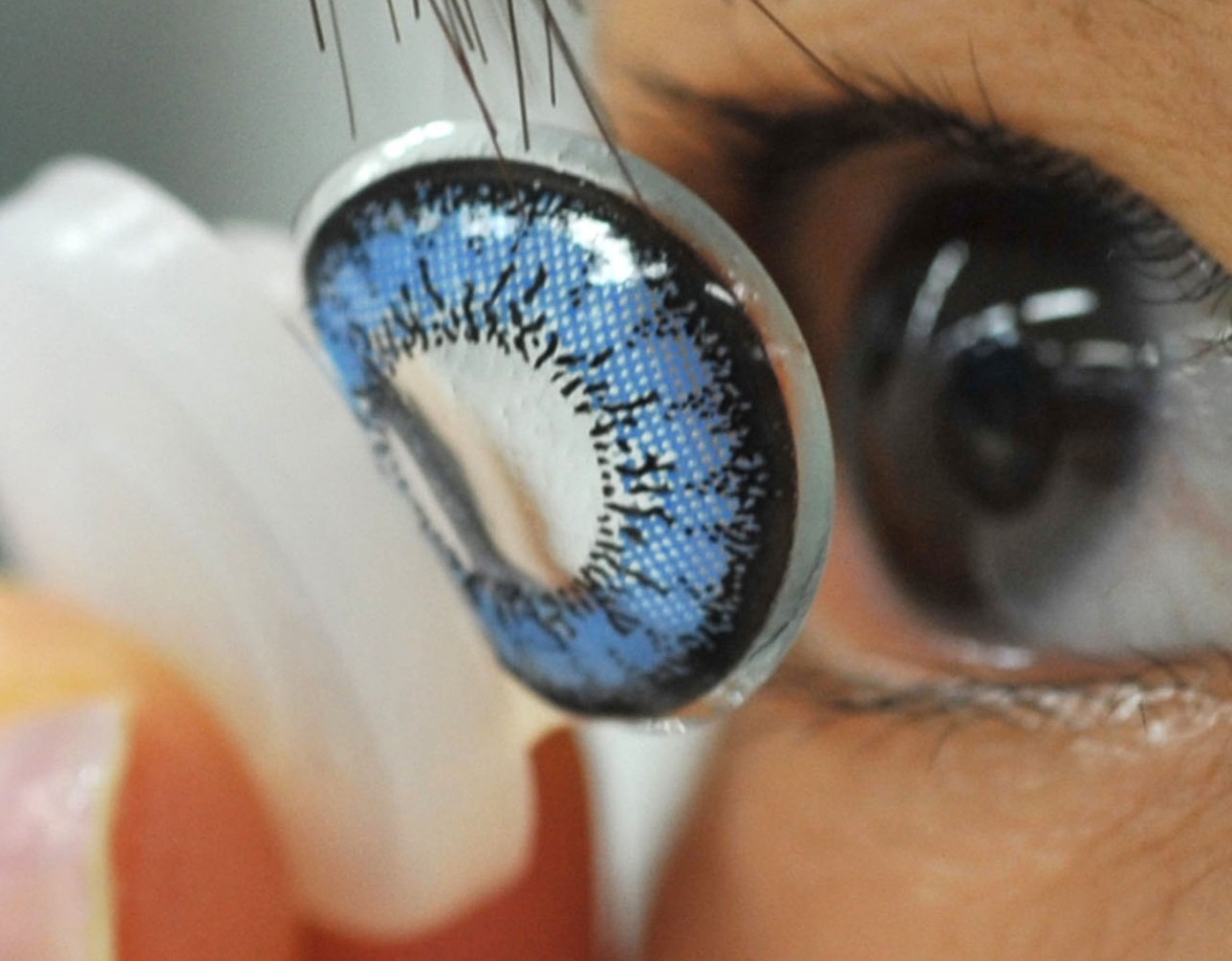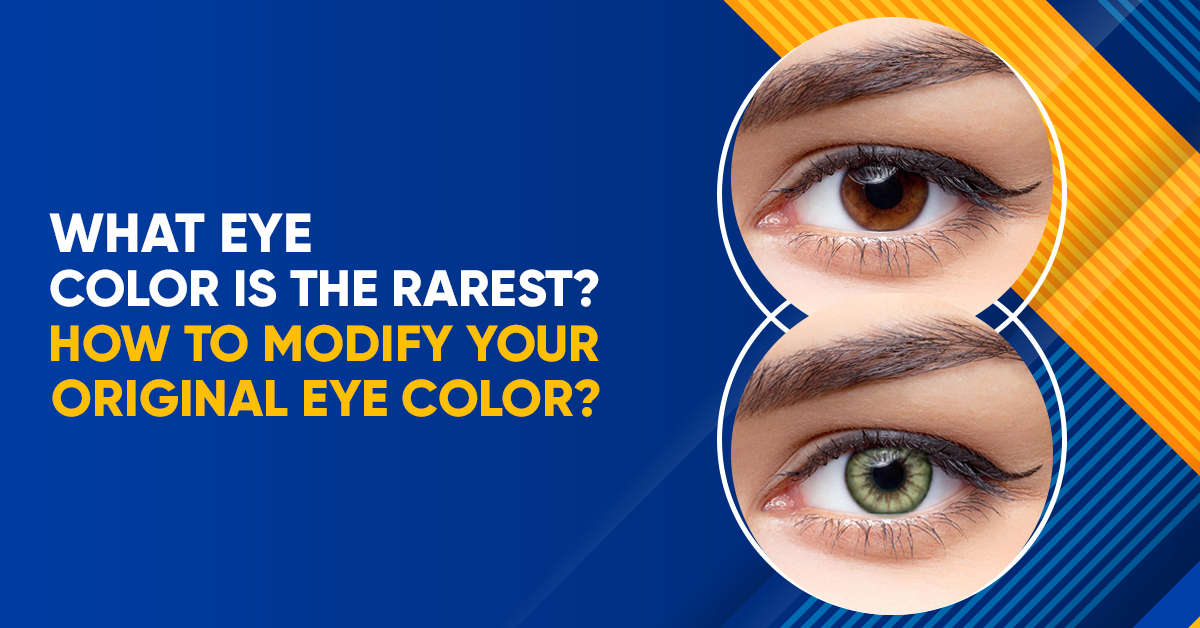When you glance at the people around you, you probably won’t notice anything unusual unless their eyes are green, hazel, or a shade of blue other than brown. So what eye color is the rarest?
The eyes are the gateway to the soul. And if you’re familiar with either eyes or windows, you know that there’s a wide range of hues and tones to choose from.
To put it simply, green eyes are the least prevalent of the more common eye hues. In addition, gray eyes and brown eyes are also far less common.
Everyone’s eyes were brown in the beginning when the human race was just getting started. Fortunately, that is no longer the case.
People’s perceptions of themselves are often influenced by their eye color, which can also be a hereditary remnant of their family history. It’s not always easy to see yourself with different eye colors.
To get a sense of how widespread each eye color is across the United States, the American Academy of Ophthalmology (AAO) conducted a study. Let’s find out the most infrequent eye colors!
Table of contents
Estimated reading time: 5 minutes
Rarest Eye Colors
Some rarest eye colors are given below:
- Green Eyes
- Hazel Eyes
- Blue Eyes
- Brown Eyes
Green Eyes

Do you have green eyes? Then you are so fortunate. Green eyes are the rarest and most appealing among Americans, according to 66,000 study respondents.
9% of Americans have them. Green eyes are unusual. Our eyes’ colorful iris surrounds each pupil. The same pigment, melanin, gives our skin its color. Less melanin equals lighter hues, precisely like our skin.
Thanks to melanin in the iris, even green eyes are brown. Light reflects off melanin and forms an optical illusion, allowing humans to perceive greens and blues.
Iris’s color is influenced by our parents’ eye color and genetics. Green iris melanin is less than “real” brown but more than blue.
Green eyes are rarer than 9 percent globally. World Atlas says 2% of the population has green eyes.
Hazel Eyes

18% of Americans have hazel eyes, a brown-green mix. Most bronze hue settles around the iris’ outer border, while brown, green, and gold streaks appear towards the pupil.
Hazel eyes are rarer than green eyes overseas. Globally, just 5% of people have hazel eyes. Hazel pigment reflects light in unusual ways, creating the appearance of fluctuating iris color.
Blue Eyes

Blue-eyed people are (kind of) linked. Someone in modern-day Europe was born with blue eyes 10,000 years ago. Blue eyes are the third rarest eye color, affecting 27% of Americans.
The significant number of blue-eyed Americans can be traced mainly to their Scandinavian, British, Irish, and Eastern European heritage. Over half of Brits and Irish have blue eyes. In Finland and Sweden, 80% to 90% of inhabitants are literate.
Blue eyes are uncommon globally. According to World Atlas, only 8% to 10% of the world’s population possesses blue eyes.
Violet eyes are highly unusual, yet they’re often a hue of blue. Light from their surroundings colors their eyes deceptively purple.
Brown Eyes

Most persons have brown eyes. You may not be unique, but you have the “original” eye color which early people in modern-day Africa possessed. Brown eyes dominate Africa and Asia.
45% of Americans and 79% of people globally have brown eyes. Colors range from chestnut to deeper colors that mix with the pupil. Black-eyed people have dark brown eyes that blend with the pupil.
Brown eyes are most frequent among newborns. Most kids are born with brown eyes, not blue.
NEST observed that 63% of kids were born with brown eyes and 21% with blue eyes.
Eye Color Modification
The color of your eyes may be altered in several ways, both temporarily and permanently.
When it comes to changing your eye color, colored contact lenses are the most convenient choice. To adjust your eyesight, colored lenses are an option.
Here is where you may get your colored contact lenses:
Final Verdict
The shade of one’s eyes is an essential aesthetic factor. Whether or not it affects health beyond that is still open for discussion.
But you can declare with certainty that your eyes are unusual if they are gray or green or if you have heterochromia, anisocoria, or albinism.
Read More:


